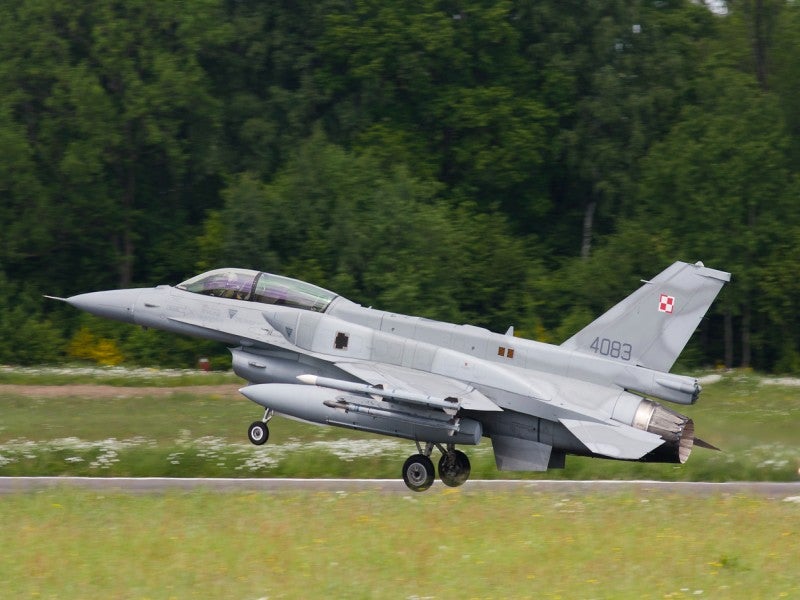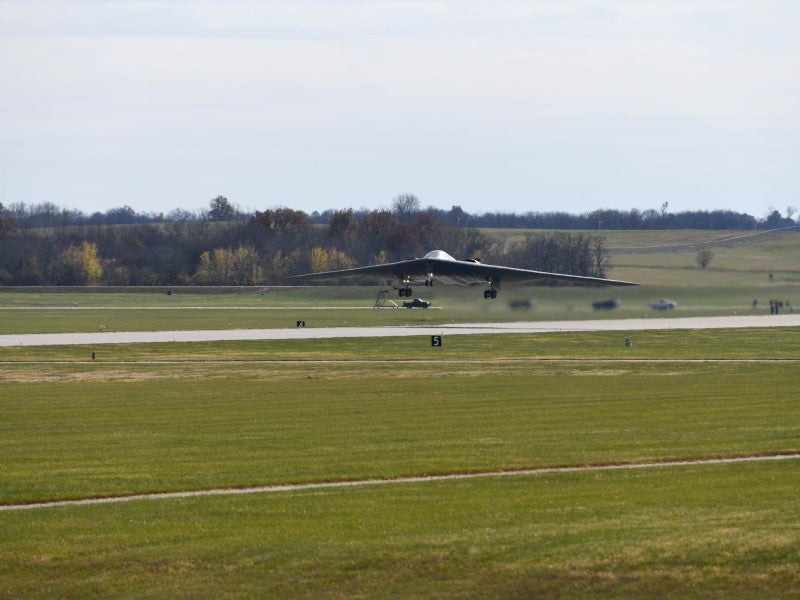
BAE Systems has expanded its Digital GPS Anti-Jam Receiver (DIGAR) capabilities by beamforming it with Trimble receivers and its own receivers.
With the new beamforming capabilities, the level of GPS jamming protection for aircraft is increased by a million-fold, in turn allowing the pilots to execute their missions in contested environments.
The software was developed by the engineers at BAE Systems’ Cedar Rapids facility, Iowa, US, to ensure its antenna electronics are compatible with industry-standard Embedded GPS Inertial Navigation System (EGI).
DIGAR now provides the only antenna electronics to beamform with BAE Systems’ receivers, as well as Trimble GPS receivers that are embedded in aircraft EGIs.
A high-performance military system, DIGAR is used with rotary-wing, fixed-wing and uncrewed airborne platforms.
DIGAR combines advanced signal-processing, field-proven antenna electronics and beamforming techniques to enhance the reliability of navigation, positioning and timing data in disruptive electromagnetic signals.
The system delivers additional security to warfighters relying on it and is compatible with the advanced M-Code.
BAE Systems Navigation and Sensor Systems director Greg Wild said: “The modern battlespace has evolved, and peer state positioning, navigation, and timing threat systems are challenging our ability to conduct combat operations in the place and manner of our choosing.
“By combining DIGAR’s beamforming with trusted inertial navigation system data, we offer the highest level of jamming protection available today.”
According to BAE Systems, its anti-jamming GPS technology has defeated various adversary threat systems in combat and testing and can be used for airborne, shipborne and ground vehicle applications.
BAE Systems is also building a 278,000ft² research and manufacturing facility at Cedar Rapids, where the company’s military GPS business is based.
This new facility is expected to open later this year.




